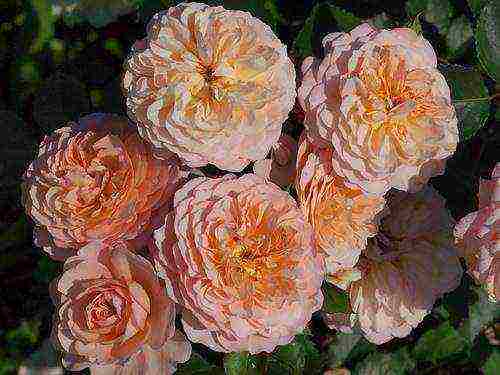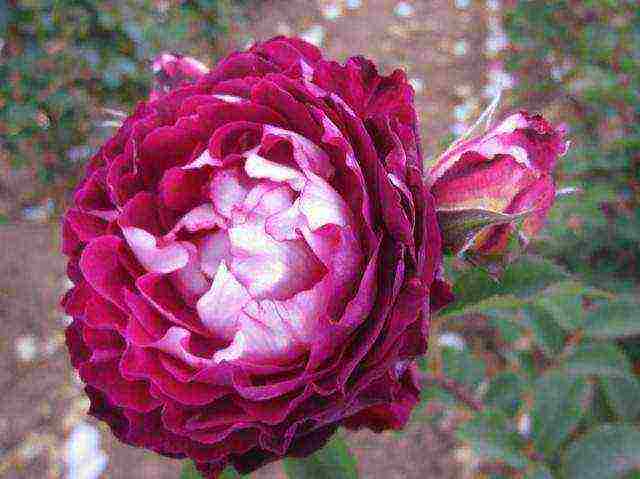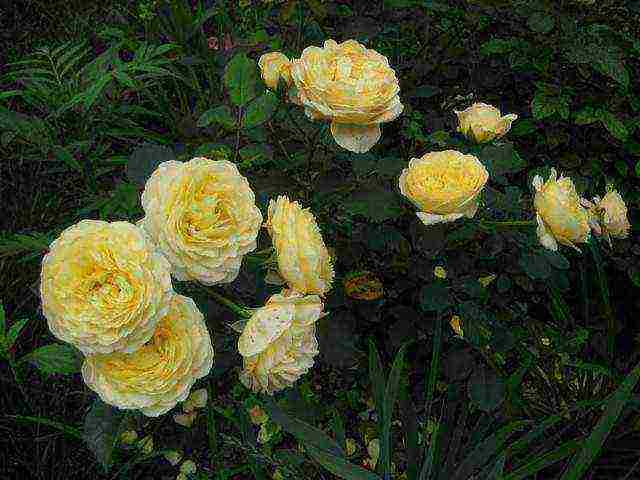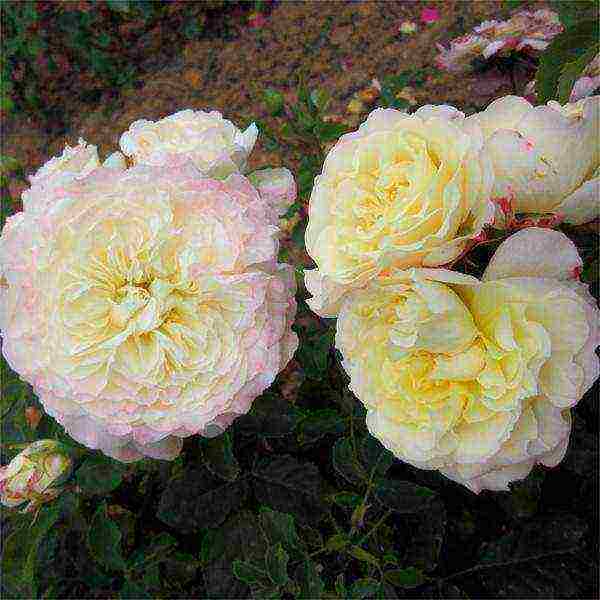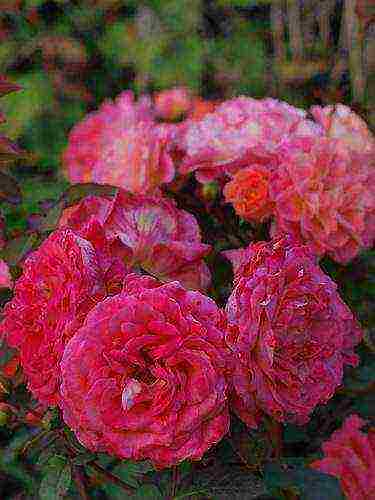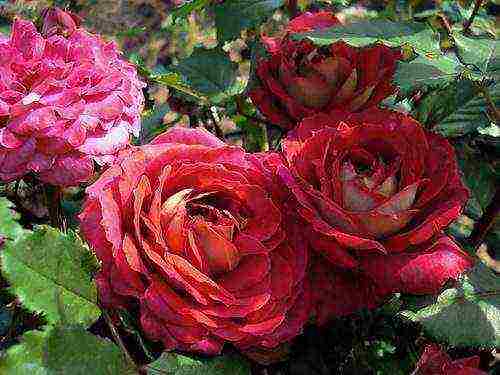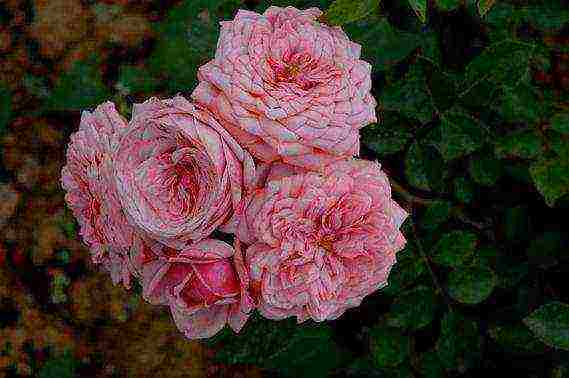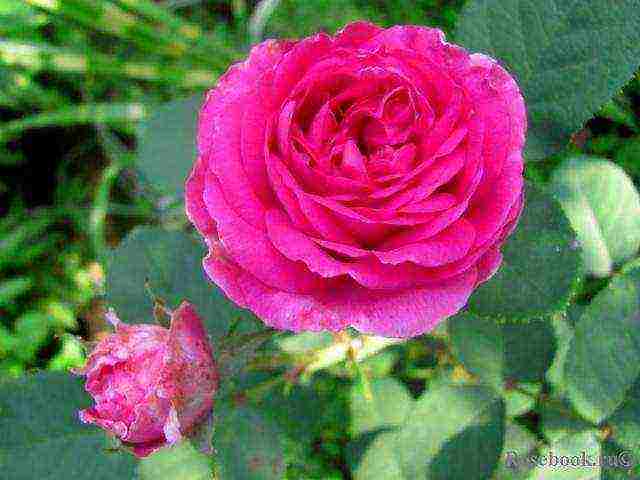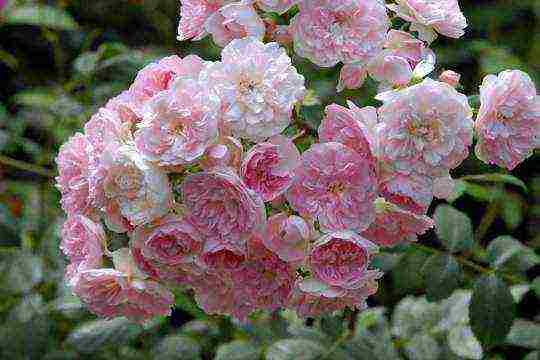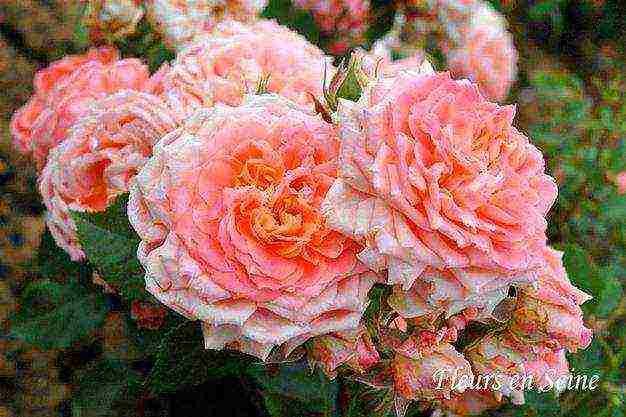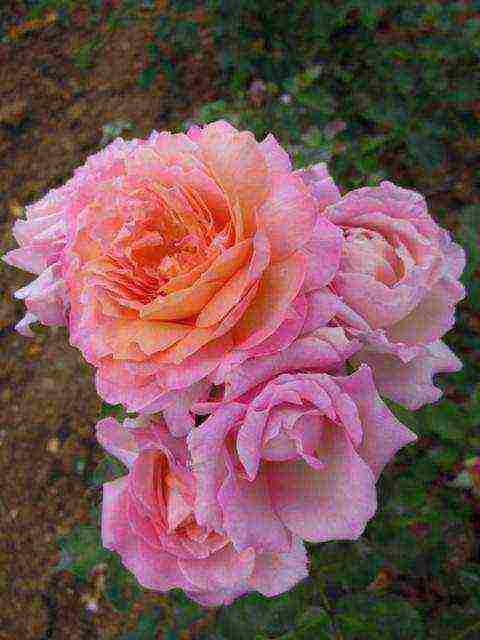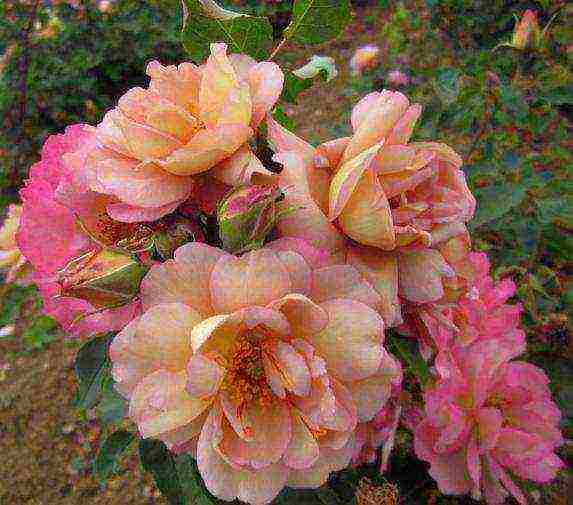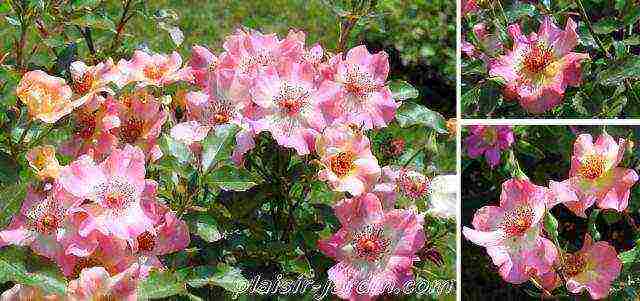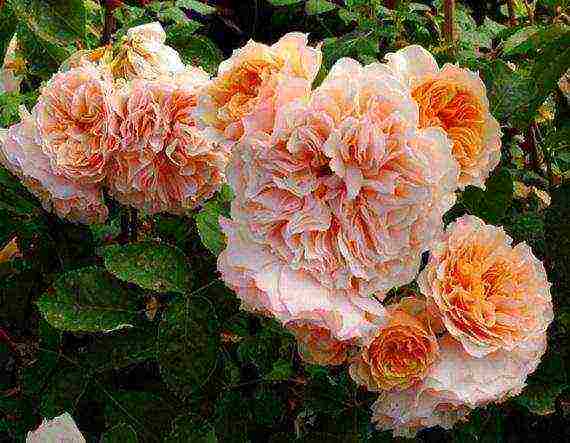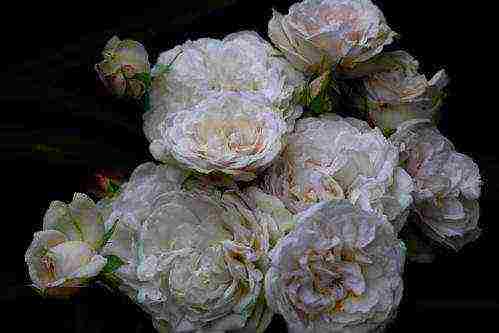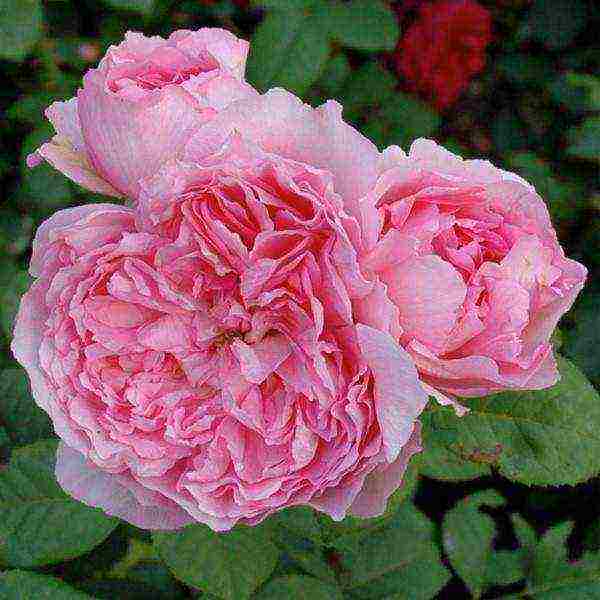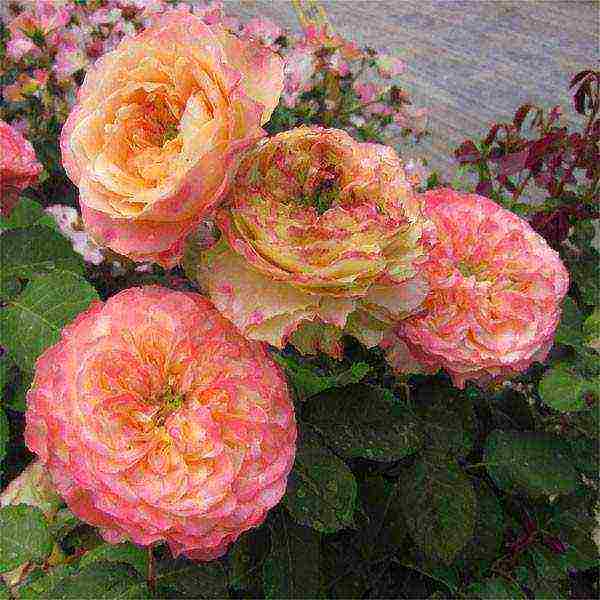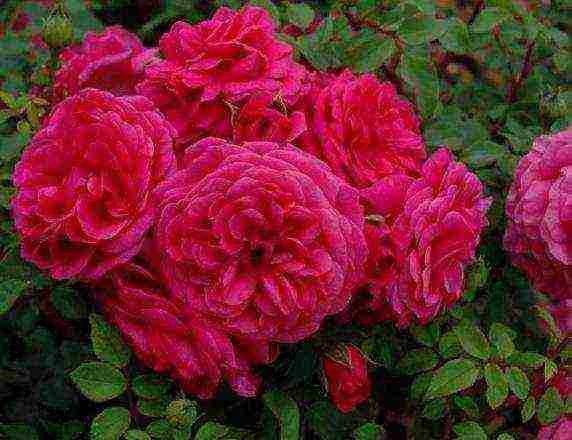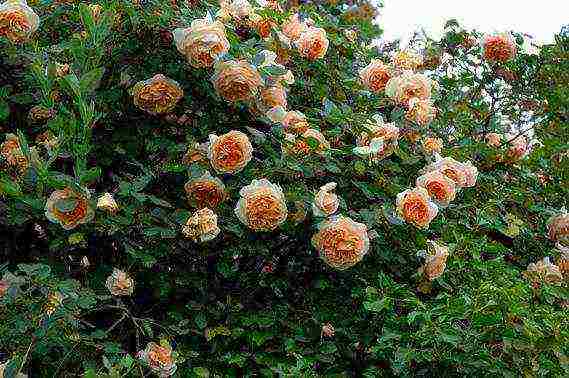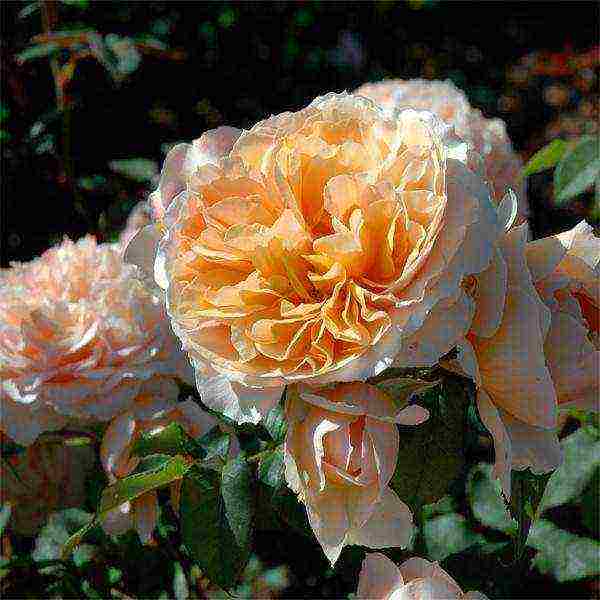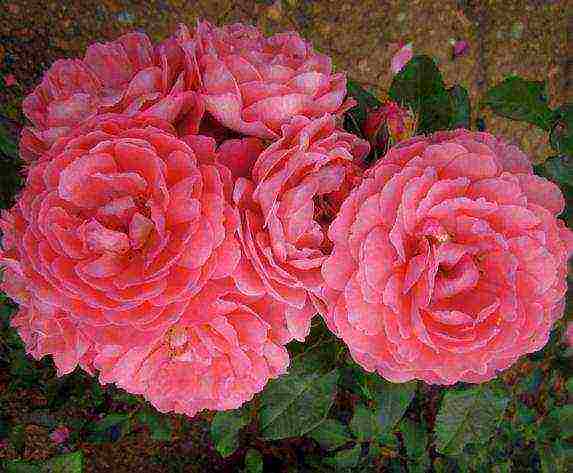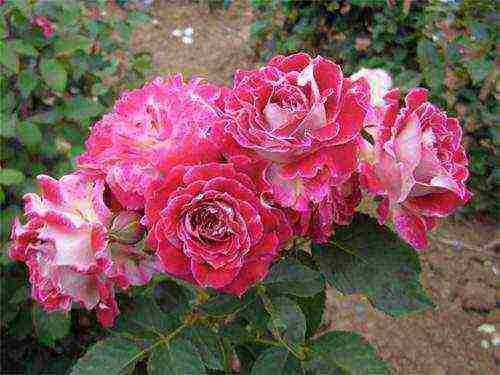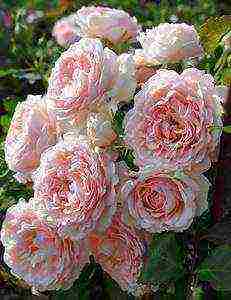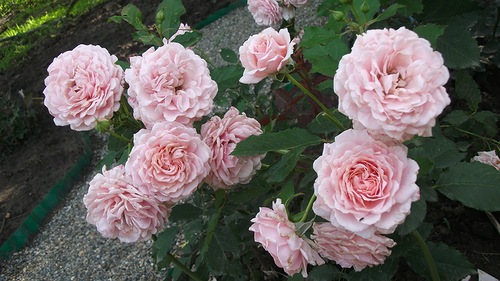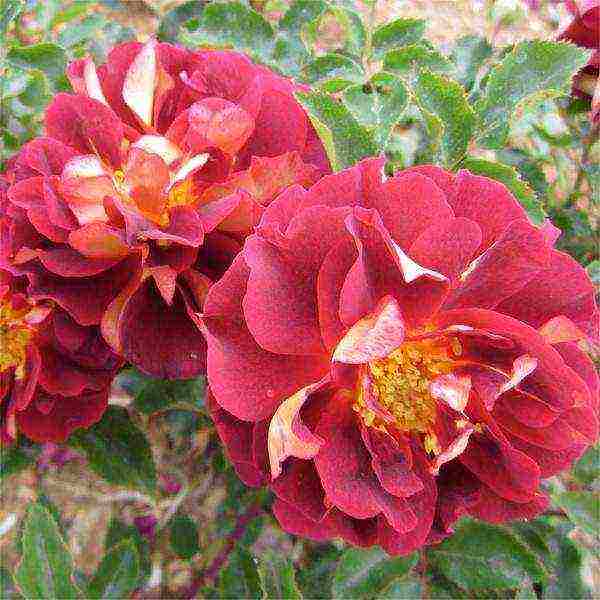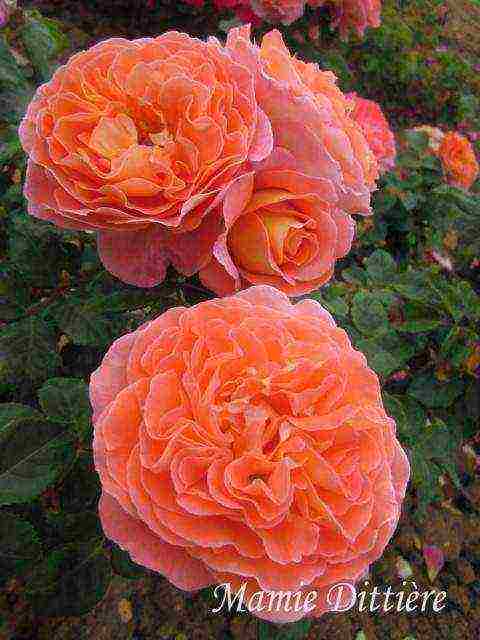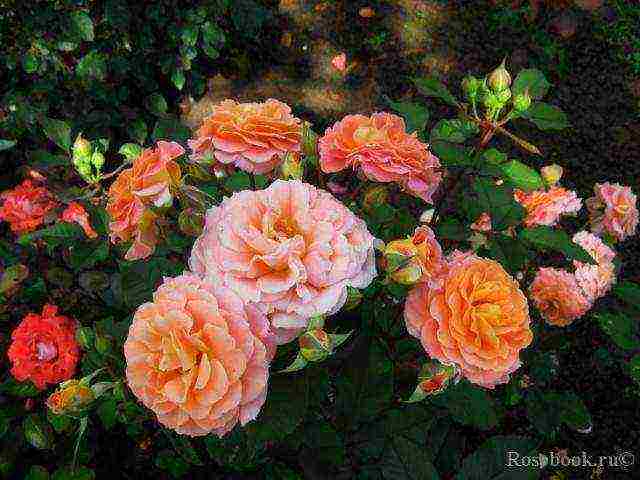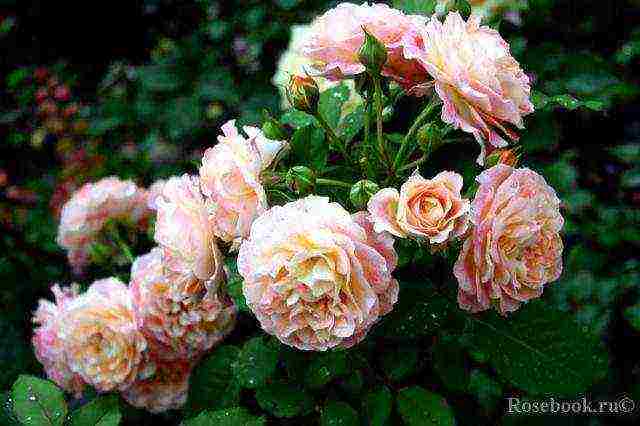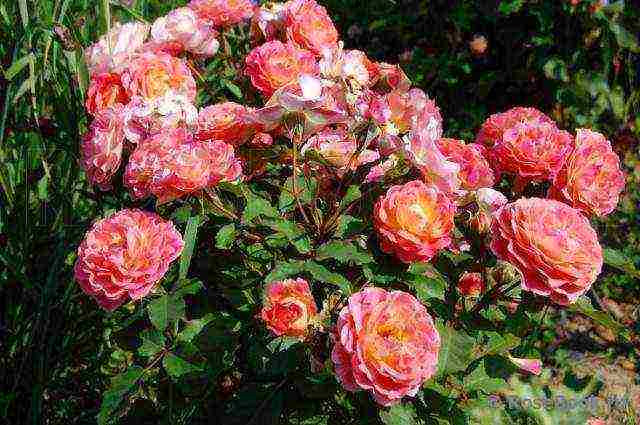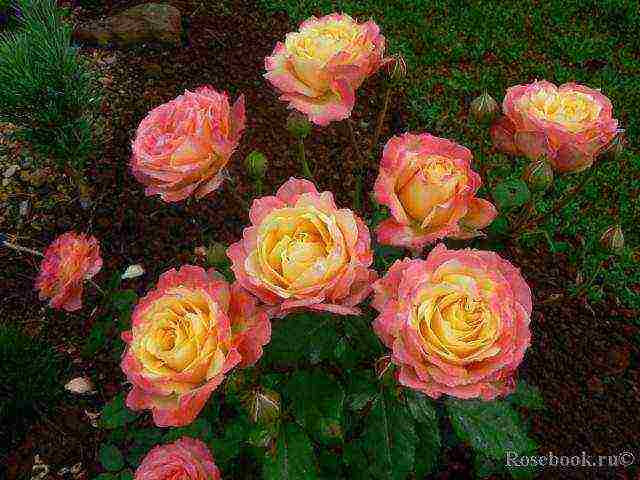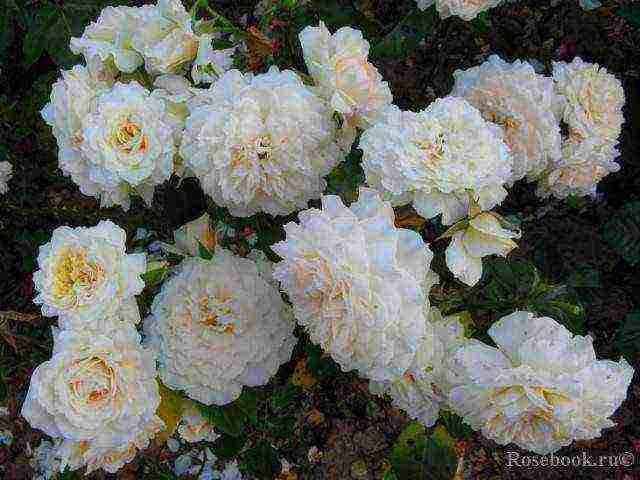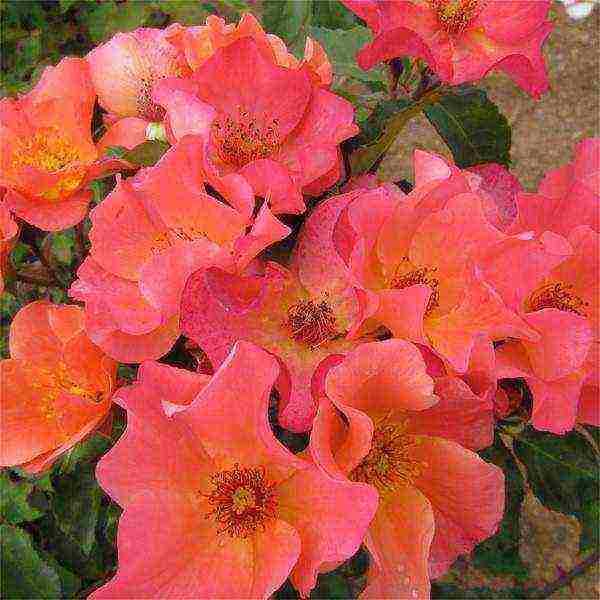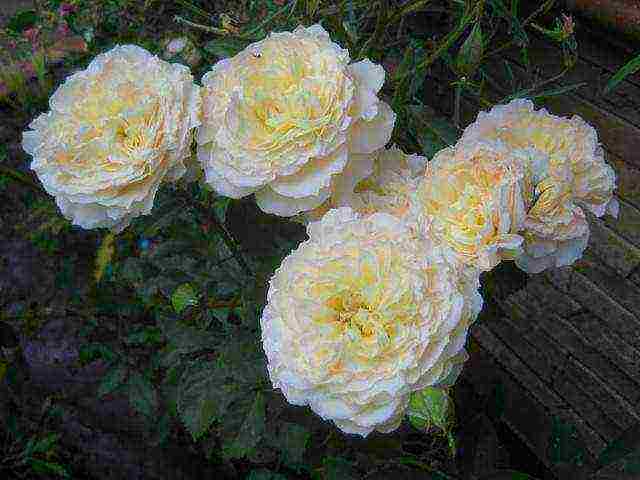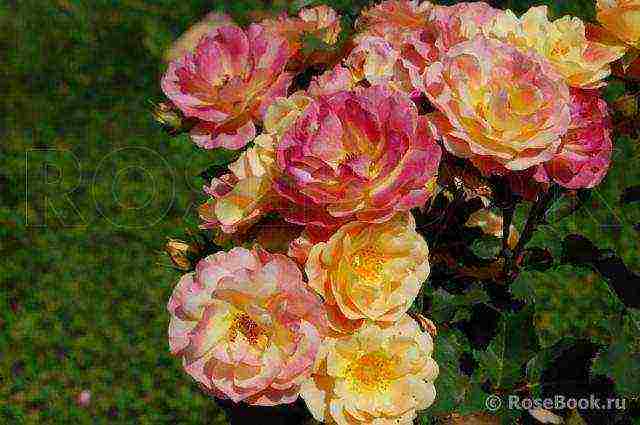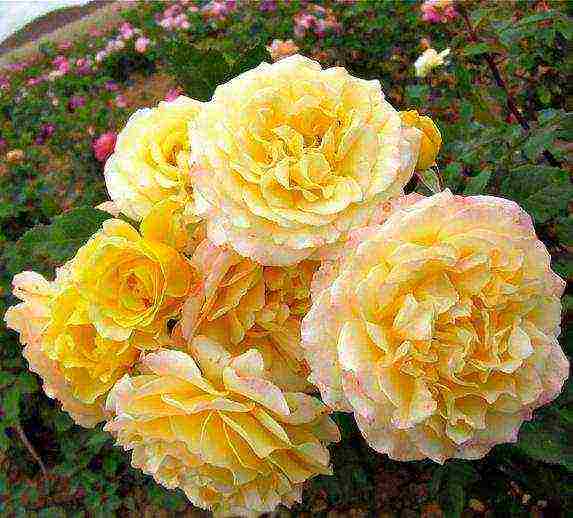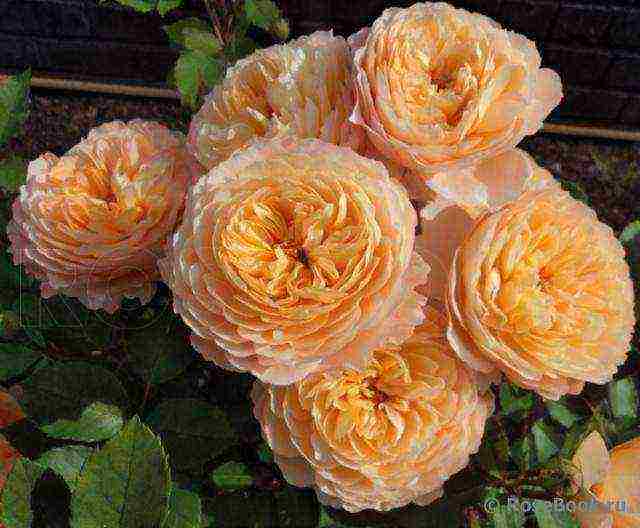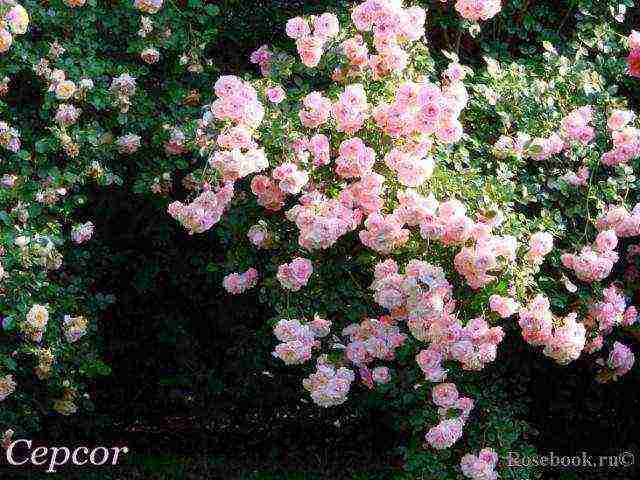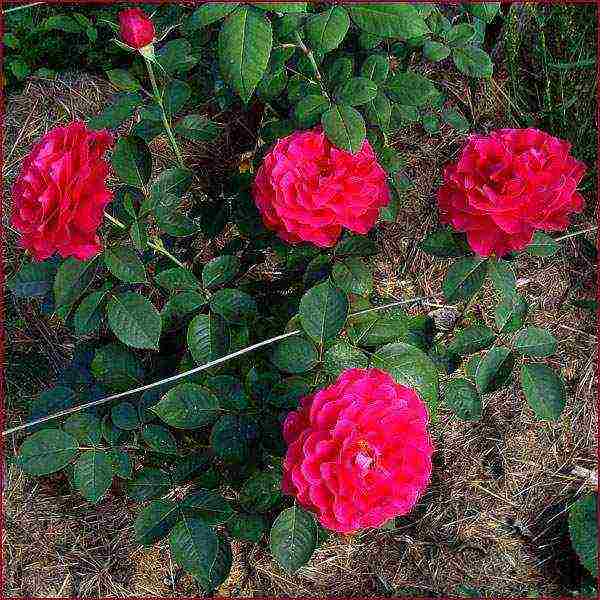Content
Most gardeners dream of having in their plots abundantly blooming, practically not sick, unpretentious in growing and caring for roses, which would be hardy to our climate and have an amazing aroma. Someone will say that there are no such plants in nature. And he will be wrong, since we are talking about real-life flowers, which are called musk roses. Today we will present you the most common hybrids belonging to this numerous genus.
Breeding history
At the beginning of the 20th century, Peter Lambert (breeder from Germany) bred "Trier" - a variety that became the first related to musk roses. The selection result not only shocked ordinary florists, but also impressed the specialists. Lambert bred a very fragrant, profusely (and repeatedly) blooming rose. Other breeders were also engaged in the development of new varieties. For example, Lambert's assistants, the Benthall spouses, created the “ballerina” variety, Joseph Pemberton (England) authored such varieties as “Cornelia”, “Penelope”, a huge Lens Rosen nursery was opened by Louis Lene (Belgium) where for many years and develop new varieties of magnificent aromatic plants. Musk roses are the name for a fairly extensive range of hybrids, such as:
- phoenecia,
- moschata;
- mulliganii;
- arvensis;
- multiflora;
- sempervirens.

Features of plants
The best varieties of musk roses can be huge (up to two meters in height) plants or quite compact. These roses are ideal for growing in a small garden, in a flower bed. Musk roses differ from their decorative "relatives" in that it is better to admire them at a distance, and not close. In this case, you can fully appreciate all the splendor of these flowering bushes.
Unlike the flowers of the usual garden roses, in musk hybrids, they, collected in brushes, bloom almost simultaneously, turning the bush into a kind of air cloud. All musk roses bloom very profusely, so they are a real boon for lovers of bright colors in the garden landscape. The flowering period is accompanied by minor rest breaks, which allows gardeners to admire the splendor of the bushes throughout the season.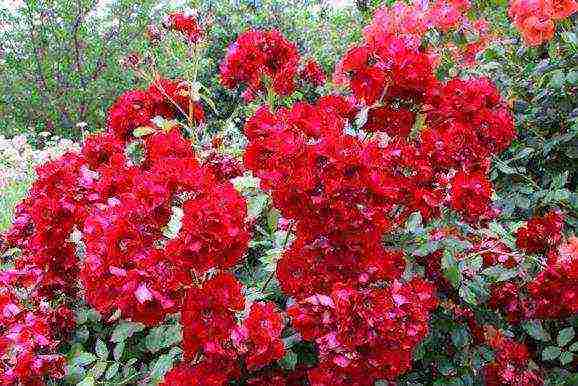
The exquisite aroma of these roses should be noted separately. It is very strong, with floral-fruity notes, with a bit of musk - a substance appreciated in perfumery. Moreover, in order to feel it, you do not need to bend over to the flowers, a musk rose (you can see the photo below), even one, is able to fill the entire garden with a magnificent aroma. The most aromatic varieties include "Cornelia", "Felicia", "Daphnia".
Where is the best place to plant the bushes?
We have already said that it is better to admire these flowers from a distance, so they should be planted in the very last row of the flower garden. Varieties with a strong aroma will be appropriate next to a gazebo or garden benches. In the foreground, flower beds can be grown, perhaps, only musk roses of the "ballerina" variety.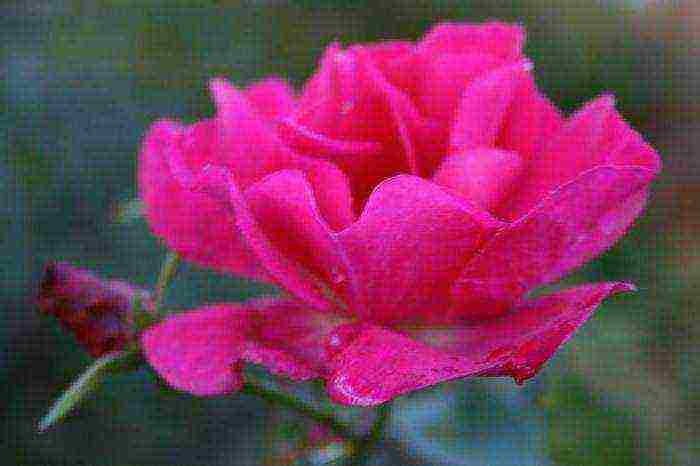
Small flowers of this plant form spherical bushes. Musk roses look great with other varieties of roses, for example, with a teahouse, as well as with decorative grains. Climbing varieties are best planted next to clematis, together they create an excellent visual range.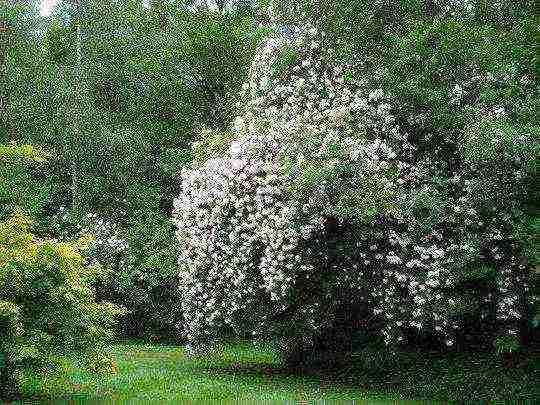
Musk roses: care
According to most gardeners who are already growing these plants on their plots, their advantages include simple cultivation and maintenance. Such roses tolerate shading well, are able to grow in not very rich soil. Although many growers note that these roses are responsive to care. The main rule that everyone who is going to grow these fragrant flowers should remember is the order of pruning. Only dead and diseased shoots are removed from these plants.
Roses are bent down for the winter. This is not difficult to do, since the shoots are very flexible.Musk roses do not need grafting to propagate, they reproduce well by cuttings. These roses are very hardy, and if you dream of growing a rose garden on your site, then it is best to start with the musky varieties. Below we present the most popular ones.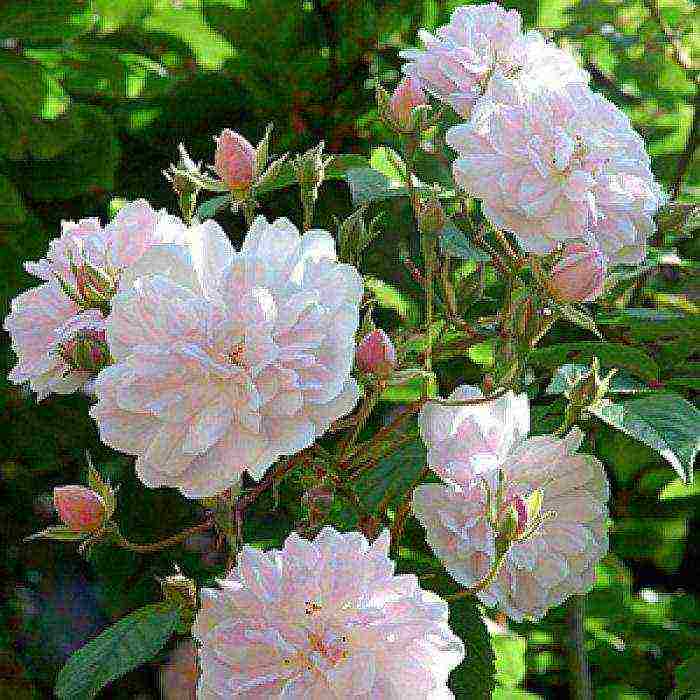
Balerina
The bushes of this variety are spreading and dense, reaching a height of one meter. Leaves are shiny, leathery. Thorns with a reddish tinge. The buds are slightly elongated and pointed at the top. The flowers are small (no more than four centimeters in diameter), fragrant, painted in a pale pink color, collected in large inflorescences (up to 100 buds).
The variety is distinguished by long and abundant flowering. When pruned correctly, it blooms again.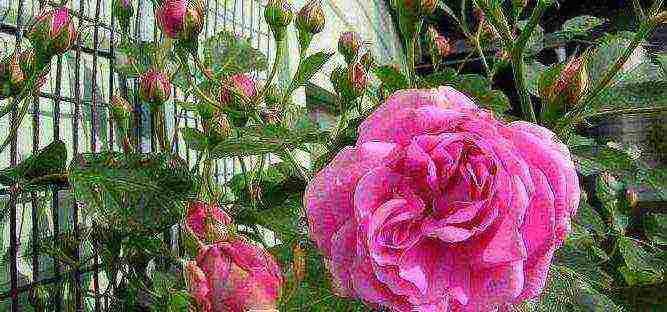
Schwerin
The variety is distinguished by vigorous and spreading bushes with large glossy and dense leaves. The flowers are semi-double, medium-sized (up to five centimeters). They are painted in a rich cherry-red color and are collected in small inflorescences (up to eight flowers). The buds are pointed at the edges, elongated.
Robin hood
A very showy plant with crimson flowers. It grows up to one and a half meters in height. Width - about one hundred and twenty centimeters, wider specimens are much less common. The variety is resistant to disease. Although the flowers of this species are rather small, they easily compensate for this "disadvantage" by blooming in large clusters throughout the season.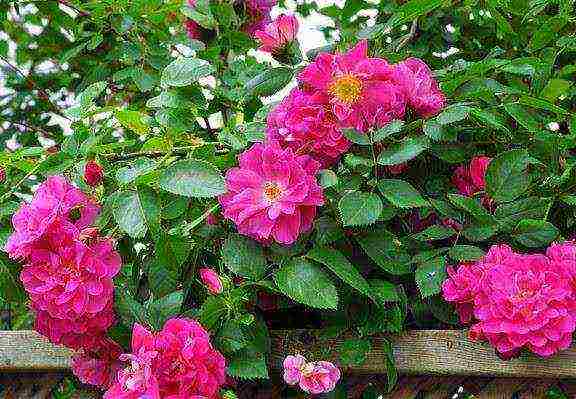
Flowers can be of two types: semi-double and non-double. All of them are painted in cherry or crimson tones, with a white center, and a lot of white "streaks" on the petals. The center of the flower is decorated with a bunch of golden stamens, which turn brown rather quickly. The brushes are dense, often resembling large crimson balls. The leaves are dark green. The variety is vigorous, disease resistant.
Cornelia
A plant with delicate pink-apricot flowers. The bush grows up to one hundred and sixty centimeters with a width of more than one and a half meters. Small semi-double flowers are striking in their huge amount. They bloom from coral red buds.
The reverse side of the petals remains salmon pink. This variety differs from others with wavy petals. In extreme heat, the color usually fade. The flowers form large brushes. In the first flowering up to twenty-five pieces, in the fall their number is almost twice as large. The leaves are dark green, shiny. Shoots are smooth, almost without thorns.
Rose Felicia
This variety is famous for its salmon pink flowers. The height of the bush reaches one hundred and sixty centimeters, the width is about one hundred and eighty centimeters. The variety is resistant to disease. Many growers consider this to be one of the best musk rose hybrids. It has the largest flowers, the most beautiful color and the longest flowering period.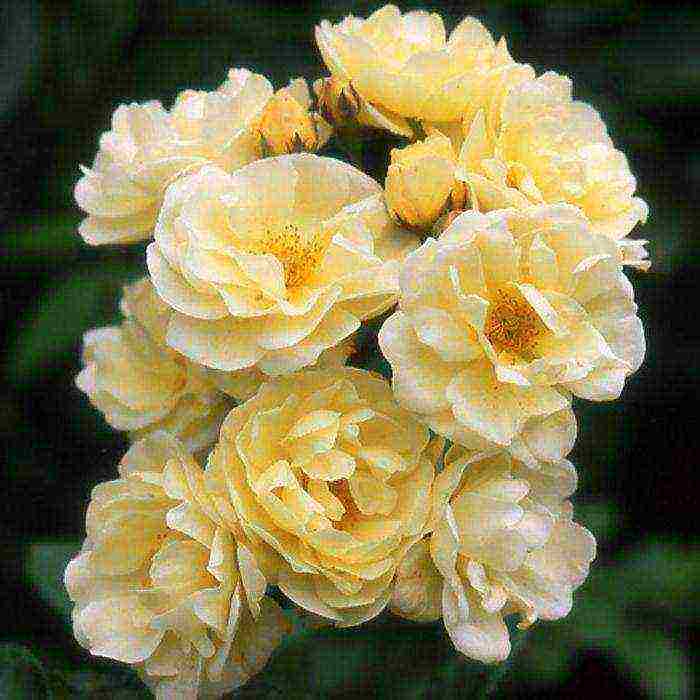
The flowers are double, the petals are long, with a pink back with an apricot shade and creamy bases. Flowers are formed in clusters of large sizes (up to fifteen pieces). In autumn, the brushes become larger, and their number also increases (up to fifty pieces). The bush is quite sprawling, but requires only minimal pruning, especially in the early years. The foliage is large, dark green, shiny, the thorns are large.
Musk roses: owner reviews
Judging by the reviews of gardeners, musk roses have become a real discovery for many of them. They are very happy with their purchase. The bushes are very picturesque and do not require complex maintenance.
Many admire the exquisite aroma of these flowers and flowering throughout the season. Experienced growers find that musk hybrids are great for people who are just starting to grow roses.
Andre TurcatBelle de segosa
Casteu gombert
Chateau de Verteuil
Chateau de Verteuil
Choeur de montolivet
Docteurs Massad
Durance ancian rosa
Esprit de jardin
Fleur de sardaigne
Fleurs en Seine
Florajet
Florian massad
Francoise de grignan
Froufroutante Jackie
Griselis
Henri le sidaner
Jardins a fleur d'eau - Ros'odile
Jardins de re
Jocelyne salavert
Kizuna
Les blouses roses
Les yvelines
Louis Francia
Louise de marillac
Mamie dittiere
Michelle bedrossian
Monique lestournelle
Nadine xella-ricci
Pierre dittiere
Porcelaine Haviland
Prieure De St. Cosme
Rivedoux-plage
Rose de gerberoy
Rose delacroix
Souvenir d'Edouard Maubert
